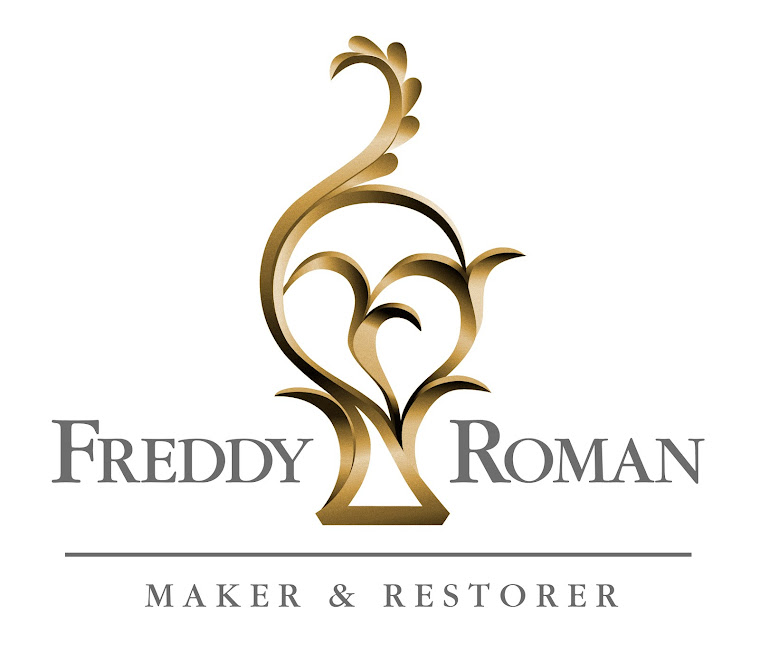Another year has come and gone. I am not sure if I should feel optimistic to what 2016 has to offer or bittersweet as another year has come and gone. This year marks my 16th year in business. Only 12 out of the 16 years have I worked as a full-time artisan. I am happy with my success and hope for more to come. I never imagined I would be jack of all trades and master of none.
Being a jack of all trades really means significant inventory. At times the inventory can be a burden. There is a ton of investment necessary and a lot of skill to gain. I am happy with my choices since I am able to take on all sorts of work. As a business owner I really never have a day off. Guilt always comes over me when I decide to take a so called day off. But really my days off involves researching or taking care of the never ending paper work.
This field isn't for everyone and it's much harder than the majority thinks. When I'm working I'm moving non stop. There is much to learn and experience in this field. I'm as good as I am simply because of all the mistakes I have made. I can only hope I don't make them again.
I'm not sure what is next but I'm sure you'll find me working away and trying to prove everyone wrong. I know I can make a good living in this field.




















